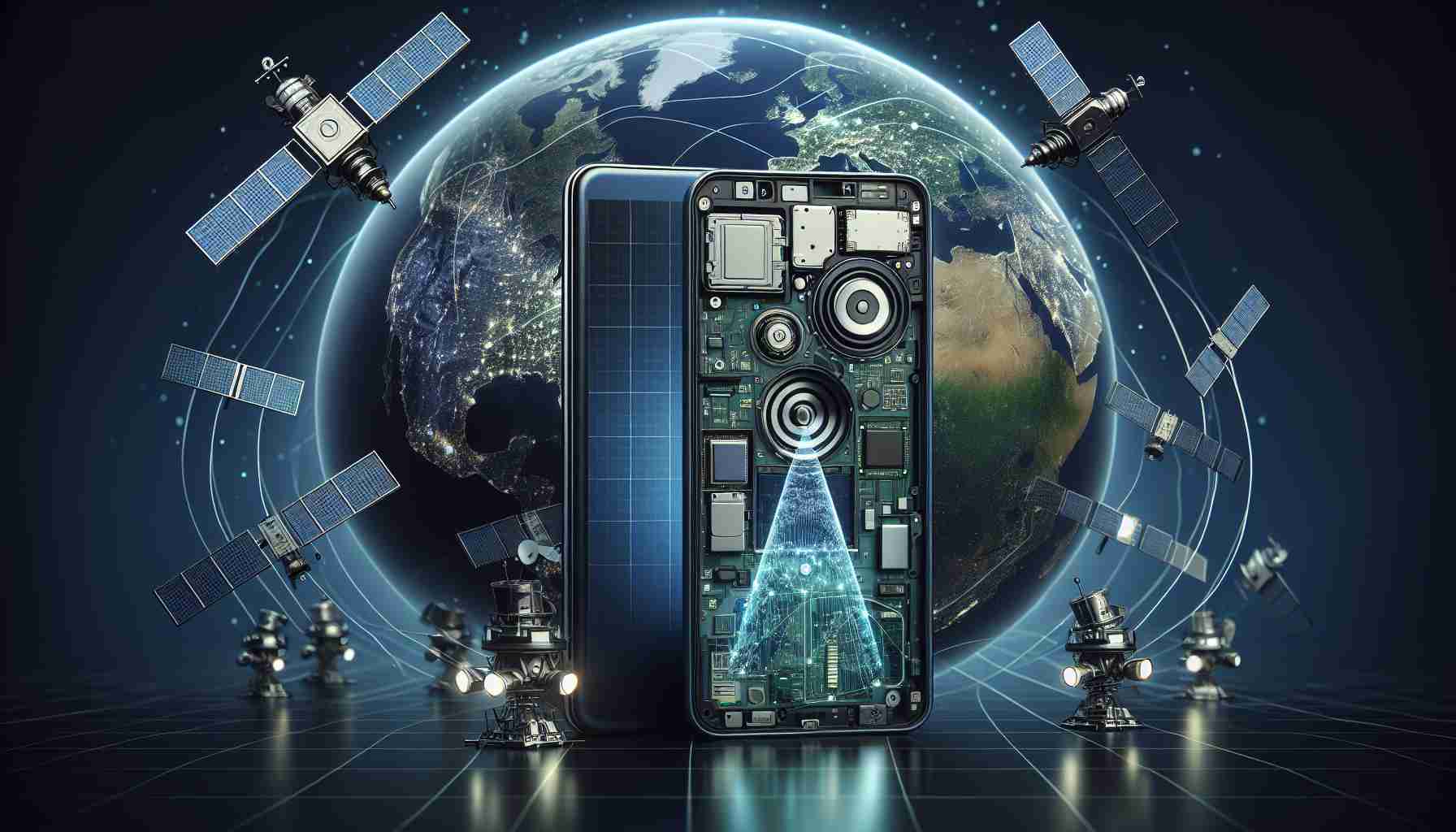
Picture finding yourself isolated in the wilderness or facing unexpected emergencies during a natural disaster. In such instances, conventional mobile networks may fail, but smartphones equipped with satellite technology can become essential survival tools, enabling communication when it matters most.
Satellite connectivity is a groundbreaking feature that enables your smartphone to establish a direct line of communication with orbiting satellites. This capability becomes invaluable in areas devoid of cellular service. Here’s how it functions: when cellular signals are absent, your device can activate satellite mode. It uses an unobstructed view of the sky to send a signal directly to a satellite overhead.
Upon reaching the satellite, your signal is relayed to a ground station, which connects you back to standard phone networks or the internet. This connection allows for the sending of messages and, in specific situations, even voice calls.
However, not all smartphones are equipped with this advanced feature. Currently compatible devices include select models from Apple, Huawei, Google, and potentially new offerings from other brands like Samsung. These smartphones not only facilitate emergency SOS signals but also support standard text messaging services, albeit often with associated costs.
The ongoing development of satellite technology aims to broaden its accessibility. Partnerships between tech giants and satellite service providers signify a future where global connectivity is seamless, ensuring communication is possible even in the most remote areas of our planet.
Revolutionizing Communication: The Role of Satellite Technology in Modern Smartphones
The advent of satellite technology in modern smartphones marks a significant evolution in how we connect with the world around us. As we navigate through landscapes devoid of cellular infrastructure, the implications of satellite connectivity extend beyond mere emergency communication. They open doors to a broader range of possibilities that can enhance everyday life and global connectivity.
What is Satellite Connectivity in Smartphones?
Satellite connectivity in smartphones allows devices to establish communication by linking directly to satellites rather than relying solely on traditional cellular networks. This feature is particularly advantageous in rural, mountainous, or remote areas where cellular towers may be sparse or absent. Enabling this technology requires a line of sight to a satellite, which means open skies are essential for optimal performance.
Key Questions and Answers:
1. What are the predominant applications of satellite-enabled smartphones beyond emergency communication?
– Satellite-enabled smartphones can be used not only for emergency messages but also for location tracking, sending real-time data for wildlife monitoring, remote agriculture operations, and even recreational activities such as hiking or sailing. These applications improve safety and ensure connectivity in various sectors.
2. How does satellite communication impact rural and underserved communities?
– In many regions, satellite communication allows access to information, education, and resources, bridging the digital divide. This technology can support telemedicine, online learning, and enhance local economies by providing access to markets and services that were previously unreachable.
3. What are the limitations of satellite technology in smartphones?
– Key limitations include data transfer speeds, which are often significantly lower than terrestrial networks, limited bandwidth for sending rich content like videos, and higher costs associated with satellite services. Additionally, performance can be affected by excessive atmospheric conditions such as heavy rain or snow.
Advantages of Satellite Communication:
– Global Coverage: Satellite technology provides a communication lifeline in remote areas, where traditional networks might fail.
– Emergency Use: It serves as a vital communication tool in emergencies, allowing users to send distress signals or reach out for help.
– Innovative Applications: It supports various applications across industries, fostering advancements in logistics, environmental monitoring, and disaster management.
Disadvantages of Satellite Communication:
– High Costs: Satellite-enabled services usually come with premium pricing compared to standard cellular plans, which can deter widespread adoption.
– Latency Issues: There is a noticeable delay in communication due to the distance signals must travel, impacting real-time conversations.
– Dependence on Clear Line of Sight: Users must be in open areas free from obstructions to get a reliable signal, limiting usability in dense urban environments.
The Future of Satellite Technology in Smartphones
As tech companies continue to invest in satellite technology, innovations are expected to lessen limitations, offering better data rates and expanded functionalities. Partnerships like the collaboration between SpaceX’s Starlink and smartphone manufacturers herald a new era where seamless, affordable connectivity is within reach for broader audiences.
In conclusion, satellite technology in smartphones represents a transformative shift in communication, making it vital for both daily and emergency use. While challenges remain, ongoing advancements promise to further integrate satellite connectivity into our everyday lives, fundamentally reshaping how we interact with our world.
For more information about satellite technology and its applications, visit Satellite Today.



